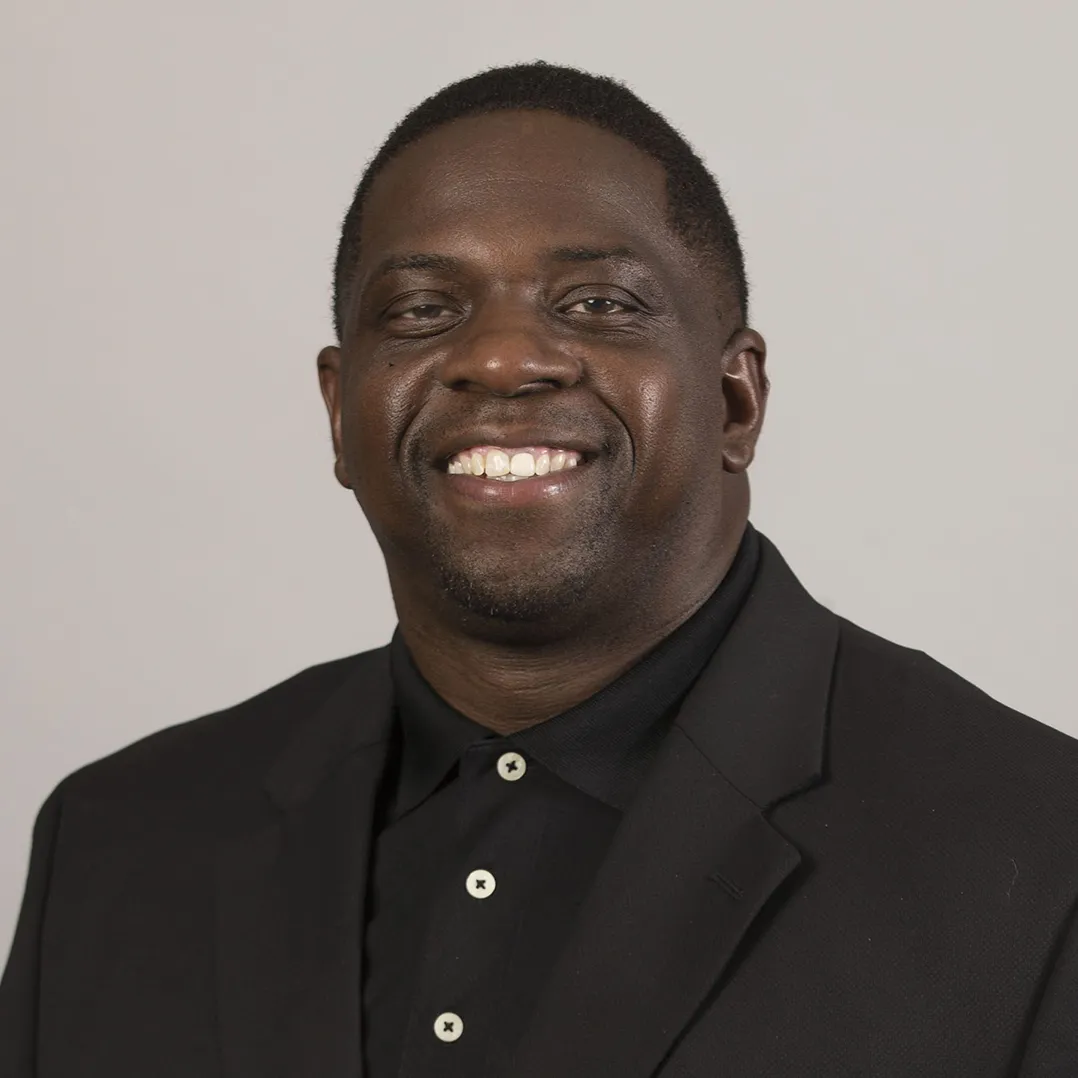Parenting is hard enough without added complications. Imagine trying to parent from prison.
A new Netflix documentary sensitively explores this challenge by portraying a father-daughter dinner dance that took place in a Washington, D.C. prison in 2019, giving select inmates the opportunity to spend some time with their young daughters. The film follows four girls — Aubrey, Santana, Raziah and Ja’Ana — over eight years, giving viewers an in-depth look not only at how they prepared for the dance and interacted with their fathers there, but also how they kept up with them in the years afterward.
Director Natalie Rae directed the film with Angela Patton, who created the dinner dance and runs the Camp Diva Leadership Academy and the nonprofit Girls For A Change, two programs that prepare black girls for adulthood. The video of Patton’s 2012 TEDxWomen talk on the origins of the dinner dance in Richmond – which was launched the same year – has been viewed around a million times on the TED Talk website and led to the production of daughters.
“Just because a father is incarcerated doesn’t mean he should be shut out of his daughter’s life,” Patton says in the viral talk.
The directors wanted to raise awareness of how difficult it is for families to stay in touch with incarcerated loved ones. Many inmates are not allowed to visit their family members in person and can only speak to them via video chat. They also said in a statement that they tried to humanize the black men at the center of the story, who are not always treated that way in the media or in their lives. A key way they do this is by not discussing the crimes that landed the fathers portrayed in prison, allowing the viewer to get to know them regardless of their convictions.

Daughters shows the stress caused by separation. One of the girls in the film, 15-year-old Raziah, complains that she only has 15 minutes at a time to talk to her father, Alonzo, who is serving a 30-year prison sentence. The distance created by these restrictions is hard on Raziah. Her mother, Sherita, gets teary-eyed when she recounts the two times Raziah talked about ending her life; once she found her daughter on the roof of their house, ready to jump, and calmed her down by telling her that suicide would not help her father, who was suffering enough already.
Santana, 10, speaks openly about how her father Mark’s imprisonment has affected her. She is seen in a car rehearsing what she will say to him when she sees him at the dance. “I have no tears left because he wants to keep doing bad things that he shouldn’t be doing – that’s not OK. It’s touching Me.” She adds that she never wants to have children of her own. “You could give me a million dollars and I still wouldn’t be a mother.”
Some of the mothers featured were skeptical about the dance. In the film, Ja’Ana’s mother Unita questions whether her daughter’s imprisoned father deserves the opportunity to bond with her. She describes a conversation she had with him: “Why do you want to bond with her while you’re incarcerated when you didn’t want anything to do with her the whole time you were out here?”
To participate in the dance, participating inmates must complete fatherhood training with educator Chad Morris. For 10 weeks, Morris prepares them for what he calls an “emotional roller coaster,” from the excitement of seeing their daughters – in some cases for the first time – to returning to reality at the end of the event. Patton attends one of the sessions to talk about how excited the girls are to meet their fathers. She explains the meaning of the event to them: “It’s about healing our families. It’s about strengthening our families, because we know that when our families are intact, our community thrives.”

The fathers get haircuts, suits, shirts, ties and shoes for the big event. There are craft tables and photo opportunities throughout the dance hall so the fathers and daughters can have their pictures taken and have souvenirs to remember each other by. But the reunion itself is bittersweet. As the fathers and daughters dance to Beyoncé’s “Before I Let Go,” some break down in tears and sing along to the lyrics: “I would never, never… never let you go.” Aubrey, 5, sits at a table and tells her father to come home early, and he tells her he’ll get out of prison when she’s a teenager.
Studies show that recidivism rates are high. One analysis found that 82% of people released from state prisons are arrested at least once in the first ten years after their release. A debriefing of the dance during a fatherhood therapy session suggests that programs like this dance could help change that. As one inmate says in the film, “That day, I actually felt like I couldn’t go back to prison… because of the power I felt that day.”




